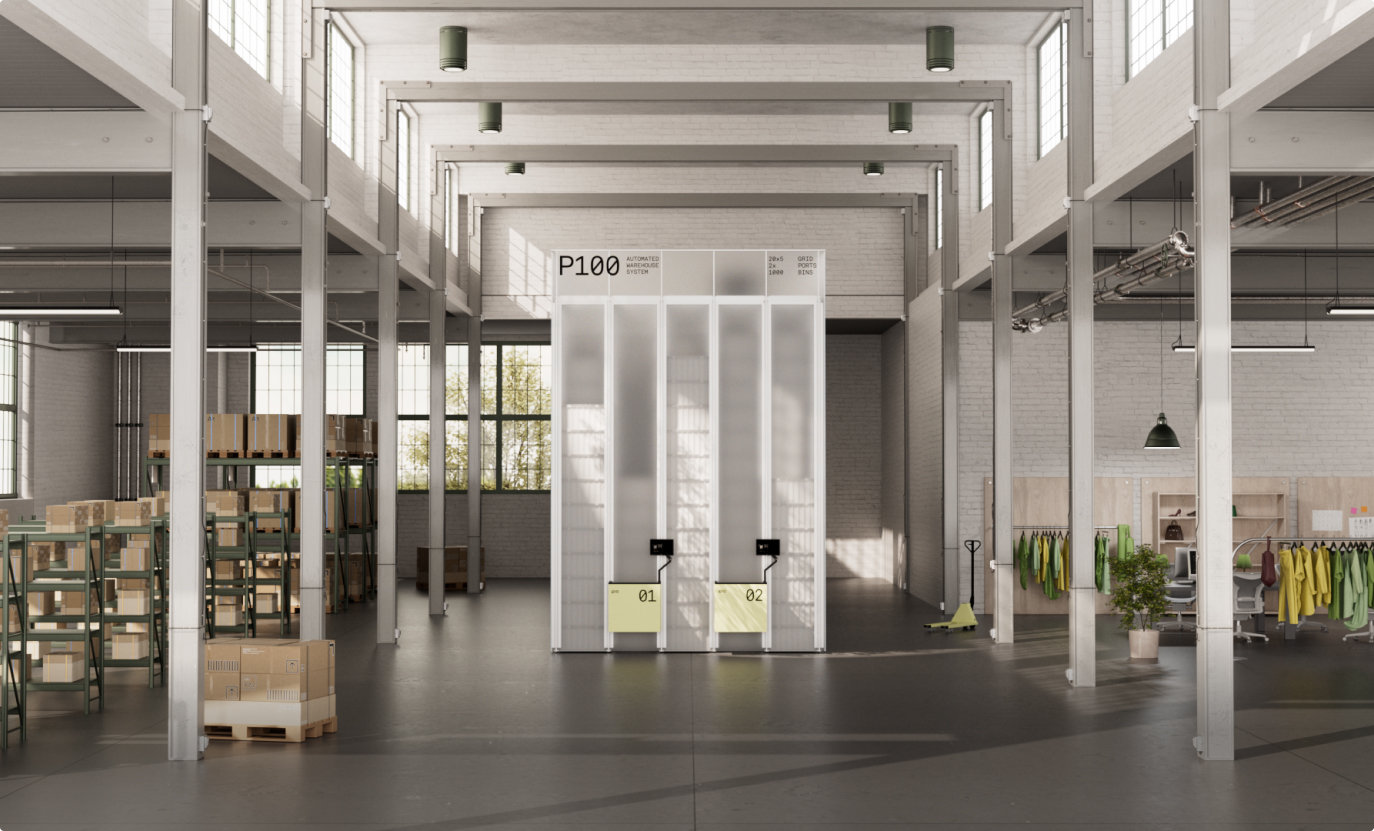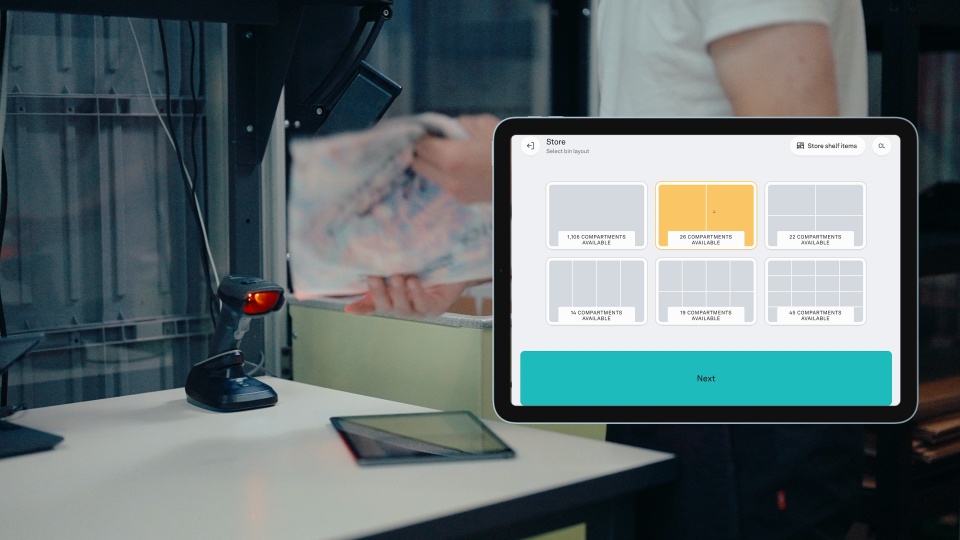Knowing you need automation and knowing where to start are two very different things.
For many growing ecommerce teams, automation feels like a big step.
- Should you go all in or start small?
- Will it work with your current setup?
- Will your team actually enjoy using it?
The truth is, the best automation strategies aren’t just about adding robots. They’re about combining people, data, and technology in smarter ways that help you scale without chaos.
We’ve worked closely with brands that made the shift successfully. Here are five lessons from the teams that automated with confidence and never looked back.
1. Start small, scale smart
(Lesson from Ko:Ko)
When Norwegian fashion brand Ko:Ko began exploring warehouse automation, they weren’t looking for something massive or complex. They wanted a system that could make fulfillment faster without turning their operations upside down.
Ko:Ko chose a setup that fit their business today and could grow with them tomorrow. They avoided over-investing in capacity they didn’t yet need while building a foundation for long-term scalability.
“Before automation, we had two people picking orders all day. Now, we have just one person, and they’re usually done by lunch.”
Øyvind Rekkedal
Co-founder of Ko:Ko
The change helped the team pick orders five times faster, achieve same-day shipping as standard, and create a calmer, more predictable workday.
Takeaway: You don’t have to automate everything at once. Start with a solution that fits your current needs but has room to grow when you do.
2. The best tech just works
(Lesson from Famme)
For Scandinavian activewear brand Famme, warehouse automation wasn’t about adding complexity. It was about removing it.
With thousands of orders coming in, the team needed a plug-and-play system that could keep pace without slowing them down. They wanted automation that fit their existing workflows, required little training, and delivered results from day one.
“It just worked, we scaled effortlessly without hiring more staff or losing accuracy.”
Greg Taube
CEO of Famme
Automation became a natural part of daily operations, making fulfillment faster and freeing the team to focus on what really drives growth.
Takeaway: The best automation simplifies your warehouse. Choose technology that fits easily into what your team already does and works from the start.
3. The right solution supports people
(Lesson from Souko)
When Souko automated, the biggest win wasn’t just faster fulfillment. It was how much easier and smoother work became for their team. Instead of running around the warehouse all day, employees could focus on higher-value tasks while the system handled the repetitive ones.
“Before automation, we had a lot of trouble with tracking performance, streamlining operations, and making sure we had unified processes. Now the team works more efficiently, with clear workflows and less stress.”
Connor MacArthur
Founder of Souko
Automation didn’t replace jobs. It amplified the work people were already doing, giving them the tools to perform better, scale faster, and grow the business without burning out.
Takeaway: The best automation systems don’t replace people. They make their jobs better. The right tech supports your team, streamlines operations, and creates a workplace where employees can do their best work.
4. Get your team on board
(Lesson from Blender Agency)
Blender Agency, curators of premium fashion brands, knew automation would help streamline their warehouse operations. They also understood that introducing new technology meant getting their team fully on board.
Instead of implementing automation overnight, they integrated it gradually and made sure every employee felt confident using the system. Within just two weeks, the system was installed and operational, with the team fully trained in a single day.
“The robots can deal with the warehouse, and we can focus on people.”
Kyrre Alver
Co-founder of Blender
For Blender, Pio brought ease and efficiency to a previously complex workflow, helping the team shift their focus from logistics to people.
Takeaway: Choose a user-friendly warehouse automation solution that your team can quickly learn and trust. When people feel confident, automation becomes a shared success.
5. Look beyond immediate wins
(Lesson from Souko)
When Souko invested in automation, they weren’t just solving today’s challenges. They were building for the future.
Their cube storage system optimizes space, streamlines workflows, and boosts fulfillment speed, giving the team everything they need to scale without expanding their footprint or hiring additional staff.
“We feel like we could double or triple output. We have everything we need to scale without limits.”
Connor MacArthur
Founder of Souko
The investment set them up for sustainable growth and long-term efficiency.
Takeaway: The right automation strategy doesn’t just fix short term problems. It positions your business for future success.
Your Next Move
Every brand starts somewhere. Some start small to speed up picking. Others automate to get more control, reduce stress, or prepare for growth.
Wherever you are, automation should make work easier, not harder. It should give your team more time, more accuracy, and a better way to scale.






.jpg?width=600&name=Beauty-Welness-Pio-04743%20(1).jpg)